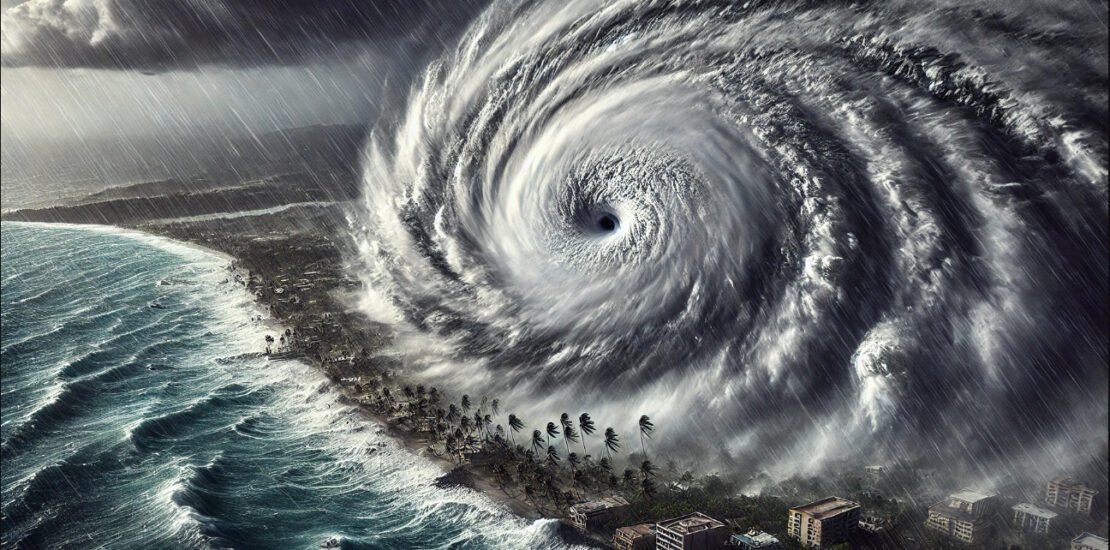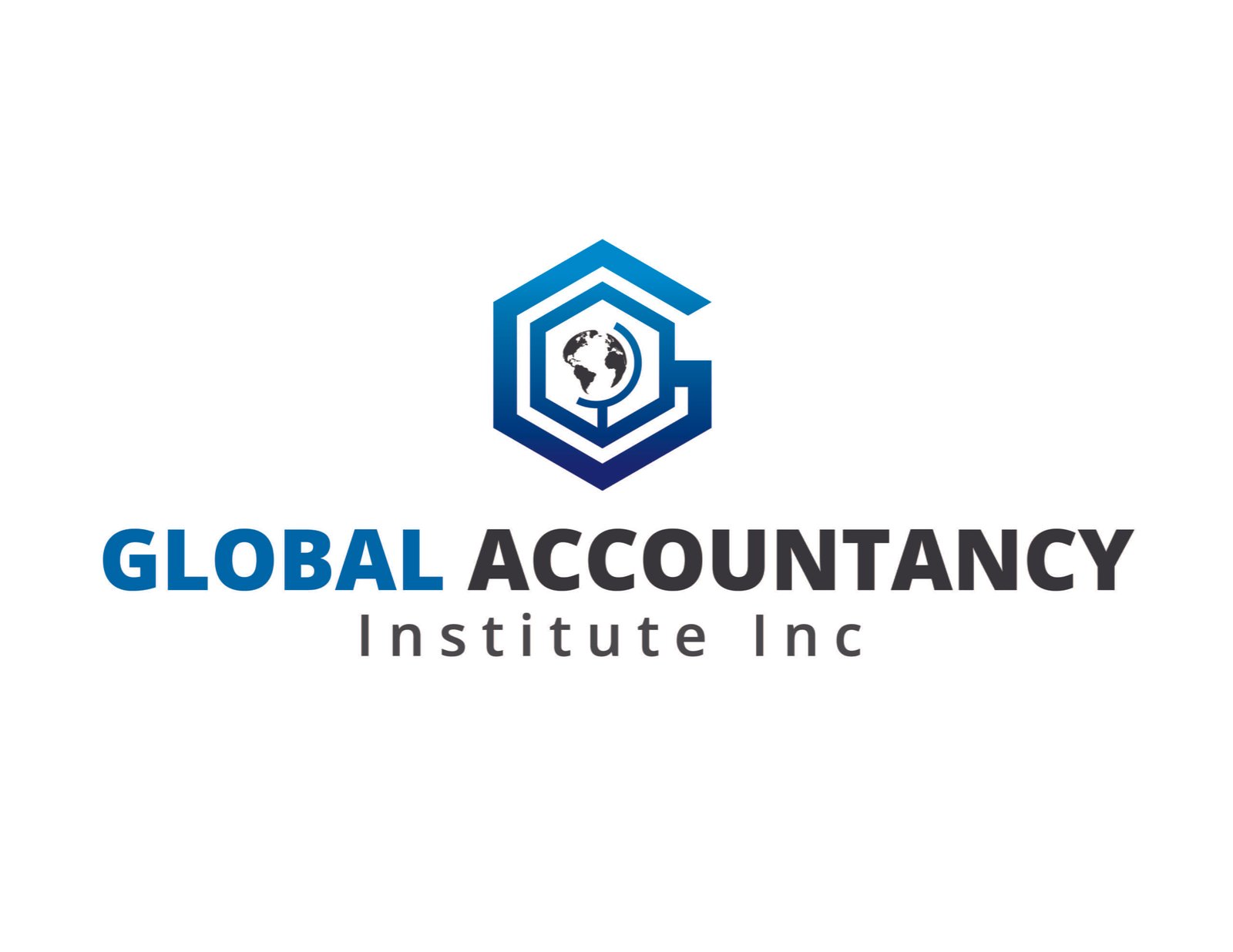Designing a Cat Bond in the Best Interest of Affected Countries: A Comparative Analysis
- July 7, 2024
- Posted by: DrGlenBrown2
- Category: Financial Engineering, Disaster Risk Management

By Dr. Glen Brown, President & CEO, Global Accountancy Institute, Inc. and Global Financial Engineering, Inc.
In light of the devastating impact of Hurricane Beryl and historical hurricanes like Andrew, it is critical to design catastrophe bonds (cat bonds) that prioritize the needs of the affected countries over the interests of investors. This article compares the IBRD CAR Jamaica 2024 catastrophe bond with an optimized cat bond designed to provide robust financial support to countries in the wake of natural disasters.
Hurricane Andrew: A Case Study
Overview of Hurricane Andrew:
- Date: August 16, 1992 – August 28, 1992
- Affected Areas: Florida, South Florida, Louisiana, The Bahamas, Southern United States
- Total Fatalities: 65
- Category: Category 5 Hurricane (SSHWS)
- Damage: $27.3 billion (1992 USD)
- Highest Winds: 175 mph (280 km/h)
- Lowest Pressure: 922 mbar (hPa); 27.23 inHg
Hurricane Andrew was a compact yet highly powerful and destructive hurricane that wreaked havoc across the Bahamas, Florida, and Louisiana. With winds reaching 175 mph and a minimum central pressure of 922 mbar, it caused catastrophic damage amounting to $27.3 billion in 1992 USD. The hurricane’s path and intensity highlighted the need for robust financial mechanisms to manage the economic fallout from such natural disasters.
Analyzing Hurricanes: Key Metrics
1. Wind Speed:
- Impact: High winds cause structural damage to buildings, infrastructure, and vegetation. Winds of 175 mph, as seen in Hurricane Andrew, can lead to widespread devastation.
- Measurement: Sustained wind speeds and peak gusts are crucial metrics for determining the potential damage.
2. Central Pressure:
- Impact: Lower central pressure generally indicates a stronger storm with more intense winds and storm surges. Andrew’s pressure of 922 mbar was indicative of its strength.
- Measurement: Minimum central pressure readings help assess the hurricane’s intensity.
3. Storm Surge:
- Impact: Storm surges lead to coastal flooding, erosion, and damage to coastal properties. Surge height and the area affected are critical for damage assessment.
- Measurement: Surge height in feet or meters, along with the geographic extent.
4. Rainfall:
- Impact: Heavy rainfall results in flooding, landslides, and damage to agriculture. Accumulated rainfall over a specific period is a key metric.
- Measurement: Total rainfall in inches or millimeters over a 24-hour period.
Key Features and Weaknesses of the IBRD CAR Jamaica 2024 Catastrophe Bond
1. Coverage and Issuance:
- Target: Secure at least $150 million in parametric named storm disaster insurance.
- Coverage Period: Four hurricane seasons, maturing on December 29, 2027.
- Issuer: International Bank for Reconstruction and Development (IBRD).
2. Trigger Mechanism:
- Current Setup: Parametric triggers based on storm location and minimum central pressure, using data from the NHC’s automated tropical cyclone forecasting system.
- Specific Event Parameters: Calculated central pressure and storm track, with Jamaica and the surrounding Caribbean Sea divided into parametric boxes.
3. Payout Structure:
- Sliding Scale: Payouts from 30% to 100% of the bond’s principal, depending on storm location and central pressure.
- Initial Attachment Probability: 2.34%.
- Initial Expected Loss: 1.5%.
- Risk Margin Guidance: 6.25% to 7%, finalized at 7%.
4. Distribution:
- Geographic Distribution: 43% United States, 40% Europe, 14% Bermuda, 3% Asia and Australia.
- Investor Composition: 66% ILS funds, 1% re/insurers, 33% asset managers.
Weaknesses Identified:
- Trigger Sensitivity: The current central pressure trigger may not be sensitive enough to capture the true impact of hurricanes like Beryl.
- Geographic Coverage: The division into parametric boxes might not reflect the interconnected and widespread impacts of storms.
- Under-Compensation Risk: The linear sliding scale may not provide adequate compensation for severe but non-qualifying events under the current triggers.
Detailed Explanations of Key Metrics
1. Initial Attachment Probability: 2.34%
- Definition: The initial attachment probability represents the likelihood that a triggering event (e.g., a hurricane meeting the bond’s specified parameters) will occur and cause the bond to start paying out within a given period.
- Explanation: A 2.34% attachment probability means there is a 2.34% chance each year that the conditions defined in the bond (such as minimum central pressure and storm location) will be met, leading to a payout. This low probability indicates that the bond is designed to cover rare but severe events.
2. Initial Expected Loss: 1.5%
- Definition: The initial expected loss is the average annual loss that investors can expect over the life of the bond, expressed as a percentage of the bond’s principal.
- Explanation: A 1.5% expected loss means that, on average, investors can anticipate losing 1.5% of the bond’s principal each year due to payouts triggered by qualifying events. This metric helps investors assess the risk-return profile of the bond.
3. Risk Margin Guidance: 6.25% to 7%, Finalized at 7%
- Definition: The risk margin guidance is the range within which the bond’s pricing is expected to fall, reflecting the compensation investors receive for taking on the bond’s risk. The final risk margin is the exact percentage determined during the bond issuance.
- Explanation: A risk margin finalized at 7% means that investors will receive a 7% return on their investment annually as compensation for the risk of potential payouts. This margin is set based on market conditions, investor demand, and the perceived risk associated with the bond.
Optimized Cat Bond Design: Prioritizing Affected Countries
To design a cat bond that serves the best interests of the affected countries, the following adjustments are recommended:
1. Comprehensive Trigger Mechanism:
a. Wind Speed Triggers:
- Threshold: Sustained wind speeds exceeding 130 mph.
- Rationale: High winds directly correlate with structural damage and align with the destructive power of Category 5 hurricanes.
b. Central Pressure Triggers:
- Threshold: Central pressure below 940 mbar.
- Rationale: Lower central pressure indicates stronger storms likely to cause significant damage.
c. Storm Surge Triggers:
- Threshold: Storm surge heights exceeding 15 feet in coastal areas.
- Rationale: Addresses coastal flooding and damage, providing necessary financial relief for coastal regions.
d. Rainfall Triggers:
- Threshold: Cumulative rainfall exceeding 10 inches within a 24-hour period.
- Rationale: Heavy rainfall results in flooding and landslides, impacting both urban and rural areas.
2. Redefining Parametric Boxes:
- Approach: Use larger or overlapping parametric boxes to capture the full impact of the hurricane, ensuring comprehensive coverage.
- Example: Implement a flexible grid system that adapts to the hurricane’s path and impact area.
3. Dynamic Payout Structure:
- Sliding Scale:
- 30% Payout: If one threshold is met (e.g., central pressure).
- 50% Payout: If two thresholds are met (e.g., central pressure and wind speed).
- 100% Payout: If three or more thresholds are met (central pressure, wind speed, storm surge, or rainfall).
- Rationale: A flexible payout structure ensures adequate financial relief based on the comprehensive impact of the storm.
4. Incorporating Real-Time Data and Technology:
- Data Sources: Utilize real-time data from satellite imagery, weather stations, and IoT devices to continuously monitor storm parameters.
- Technology: Leverage blockchain technology for transparent and automated payouts based on real-time data.
Comparative Analysis: IBRD CAR Jamaica 2024 vs. Optimized Cat Bond
IBRD CAR Jamaica 2024:
- Trigger Parameters: Central pressure and storm track.
- Payout Structure: Linear sliding scale based on specific parametric boxes.
- Investor Focus: Risk margin guidance and investor distribution.
Optimized Cat Bond:
- Trigger Parameters: Wind speed, central pressure, storm surge, and rainfall.
- Payout Structure: Dynamic sliding scale based on multiple impact metrics.
- Country Focus: Comprehensive coverage and timely payouts to support affected regions.
Conclusion
The IBRD CAR Jamaica 2024 cat bond provides important disaster insurance but reveals significant weaknesses in its current trigger mechanisms and payout structure. To prioritize the needs of affected countries, an optimized cat bond design should incorporate comprehensive trigger parameters, redefine geographic divisions, and implement a dynamic payout structure. By focusing on the true impact of hurricanes and leveraging advanced technologies, we can create financial instruments that provide timely and adequate support, ensuring the resilience and recovery of vulnerable regions.
Dr. Glen Brown
President & CEO, Global Accountancy Institute, Inc. and Global Financial Engineering, Inc.
You can read his previous article entitled: Catastrophe Bonds: Enhancing Disaster Resilience for Jamaica and the Caribbean
General Disclaimer
The information provided in this article is for general informational purposes only. It is not intended to provide specific financial, investment, tax, legal, or other professional advice. Readers are encouraged to seek professional advice tailored to their individual needs and circumstances. Dr. Glen Brown and his associated institutions do not endorse any specific financial instruments or strategies mentioned in this article. While every effort has been made to ensure the accuracy of the information, there can be no guarantee of the accuracy or completeness of the information provided.
